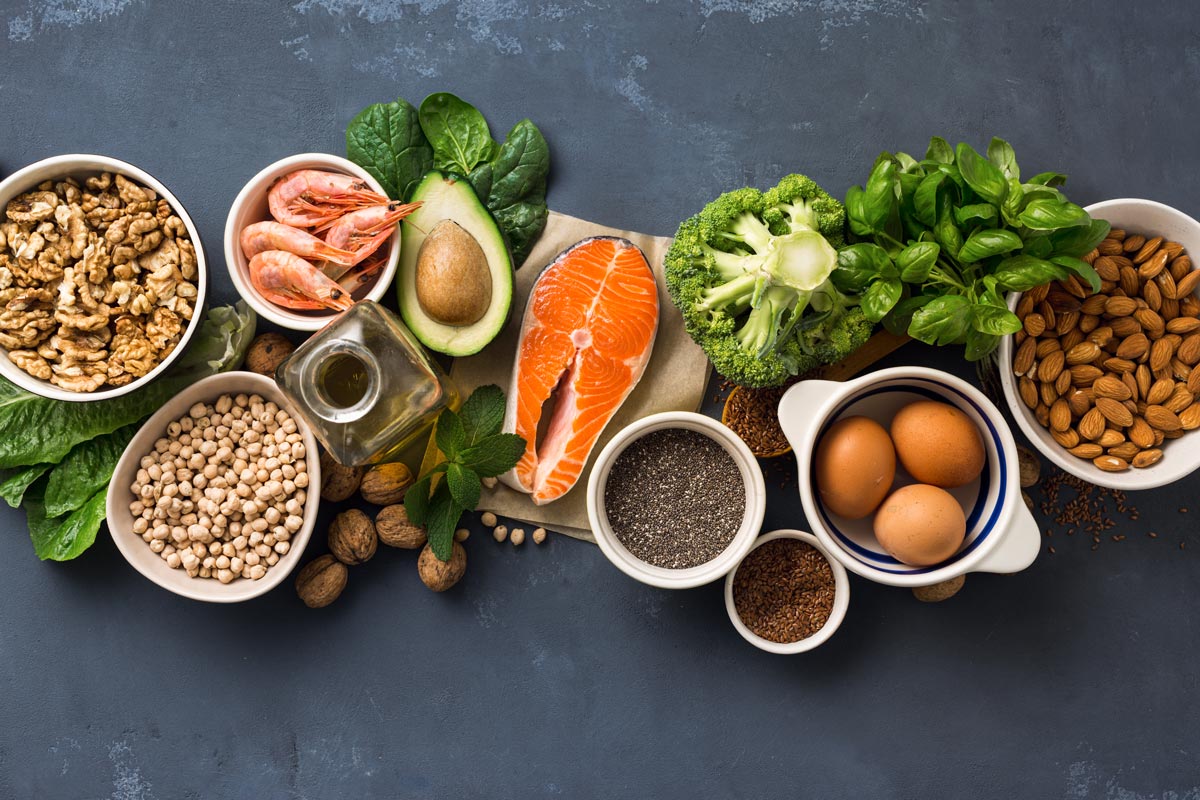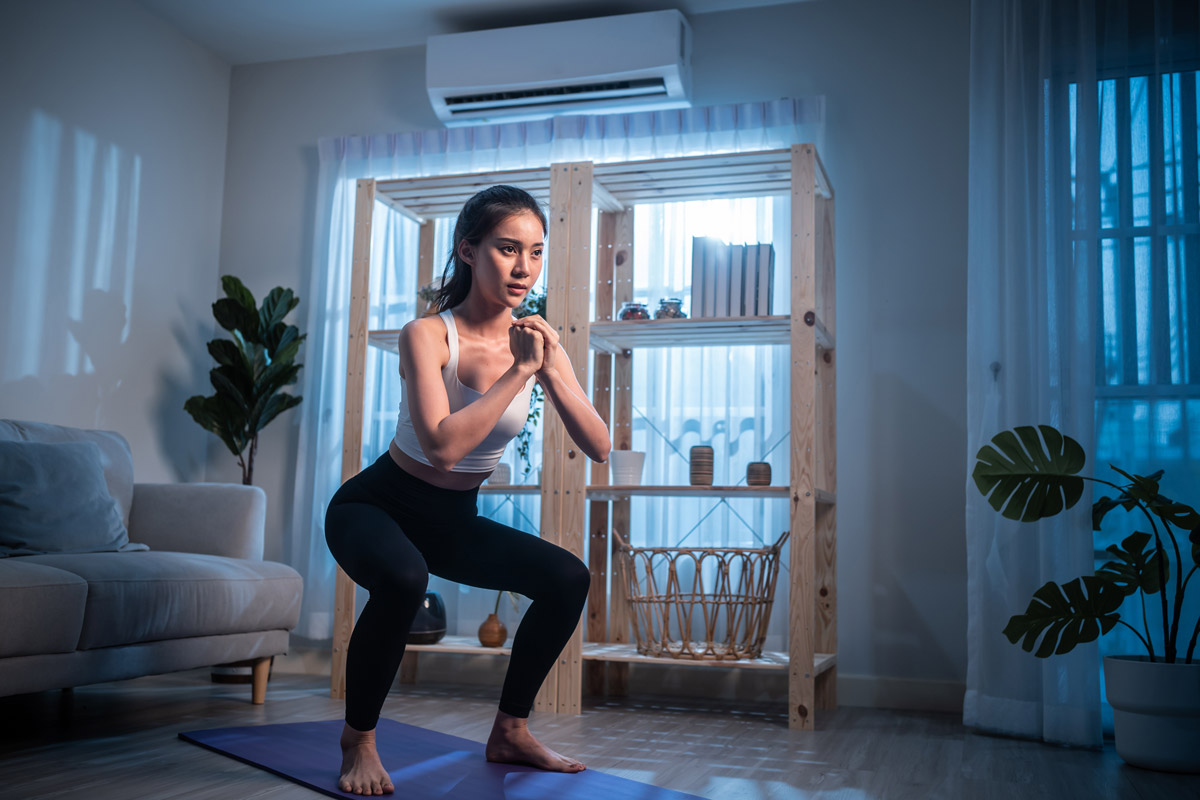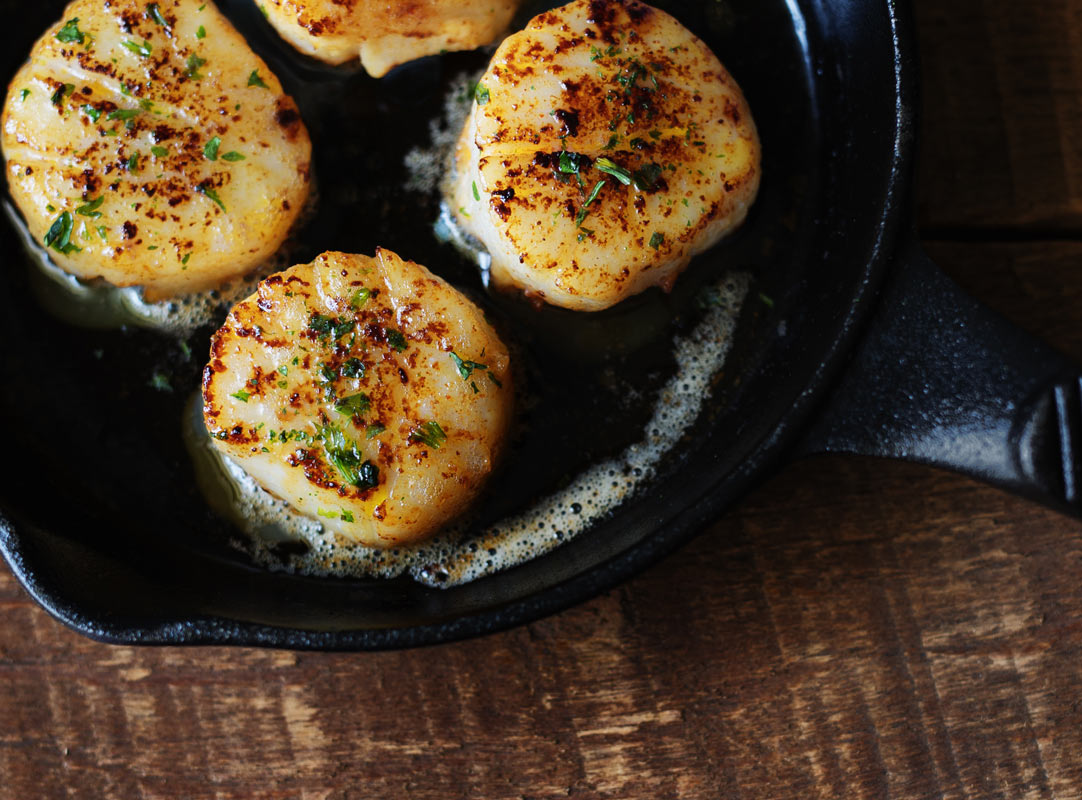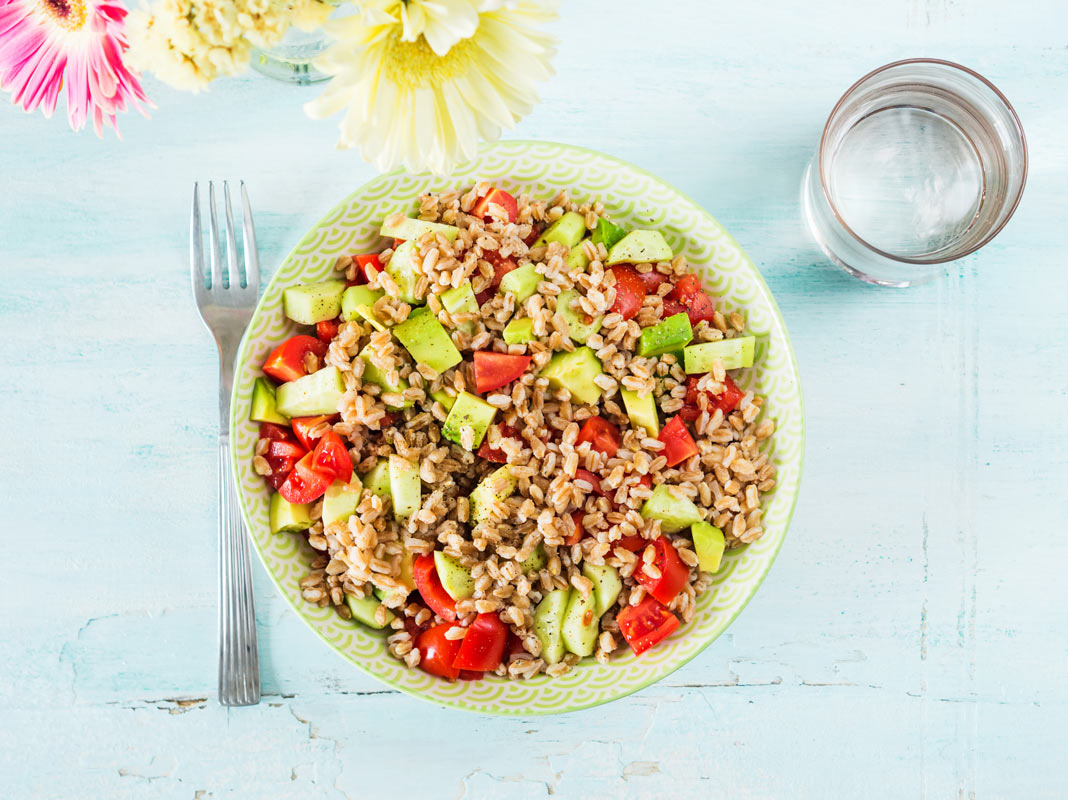Spinach-and-Cheese-Stuffed Shells Recipe, Spotlight on San Marzano Tomatoes, Grating Parmigiano-Reggiano, Reducing Type 2 Diabetes Risk, and A Motivation Reboot
As the nights get cooler, warm, nourishing meals become even more tempting palate-pleasers. My recipe for stuffed shells truly satisfies—it’s one of the new seasonal recipes in the latest edition of my online cookbook Savor the Season: Autumn 2024. Put together family style, it’s a great dish for large gatherings—everyone can dig in on their own. It’s also a very filling meatless option. You’ll read why that’s important in the diabetes-prevention research I’m sharing. Then, to get a motivation boost for healthier living, take a look at some top tips from a leading fitness expert to help you stay on track with your exercise goals.
Spinach-and-Cheese-Stuffed Shells
 Spinach-and-Cheese-Stuffed Shells
Spinach-and-Cheese-Stuffed ShellsThis dish doesn’t just taste great; its pretty presentation will wow family and guests alike. You can make my fresh tomato sauce up to three days in advance, or use 3 cups of your favorite high-quality store-bought sauce for faster prep.
Ingredients
For the tomato sauce:
- 3 tablespoons extra virgin olive oil
- 4 large garlic cloves, minced
- 1 cup grated yellow or Vidalia onions
- One 6-ounce can tomato paste
- 1/2 cup red wine
- One 28-ounce can whole tomatoes, preferably San Marzano
- 1/2 teaspoon dried oregano
- Pinch of sea salt, more to taste
For the shells:
- 1 pound jumbo pasta shells
- 2 teaspoons sea salt
- 1 pound mozzarella
- 1 pound ricotta cheese
- 2 cups freshly grated Parmigiano-Reggiano cheese, divided use
- 1 cup cooked spinach, well chopped
- 2 tablespoons extra virgin olive oil, plus more for baking
- 1 egg, beaten
- 1/2 teaspoon dried oregano
- 1/4 teaspoon freshly grated nutmeg
- 1/4 teaspoon freshly ground black pepper
Directions
Step 1
Make the sauce: Heat a large saucepan. When hot, add the olive oil, garlic, and onions, and sauté until soft but not browned. Push the vegetables to the outside of the pan and add the tomato paste in the center. Sauté the paste until it browns, to release its flavors. Deglaze the pan with the red wine, then add the tomatoes, oregano, and salt. Use a potato masher to gently crush the tomatoes. Simmer for 20 minutes (or more) while you prepare the shells.
Step 2
Make the stuffed shells: Bring a large pot of water to a rapid boil and add the shells and the salt. Cook according to package directions for al dente (don’t overcook, as the shells will soften more in the oven).
Step 3
While the shells are boiling, line a rimmed sheet pan with parchment paper and set aside. Preheat your oven to 375°F. Cut the mozzarella into small cubes. Place the cubes in a large bowl along with the ricotta, 1 cup grated Parmigiano-Reggiano, spinach, olive oil, egg, oregano, nutmeg, and black pepper; mix thoroughly.
Step 4
Drain the shells, place them on the prepared sheet pan, and use a small spoon to stuff them with the spinach-cheese mixture. Lightly coat a large round or rectangular baking dish with olive oil and add three-quarters of the sauce; use an offset spatula to spread it out evenly.
Step 5
Place the filled shells in the baking dish in a festive pattern, brush the tops of the shells lightly with olive oil, and cover with the rest of the Parmigiano-Reggiano. Bake for 30 minutes or until the cheese topping is thoroughly melted and slightly browned. Serve with the rest of the tomato sauce on the side.
Yields 4 to 6 servings

Healthy Ingredient Spotlight
San Marzano Tomatoes
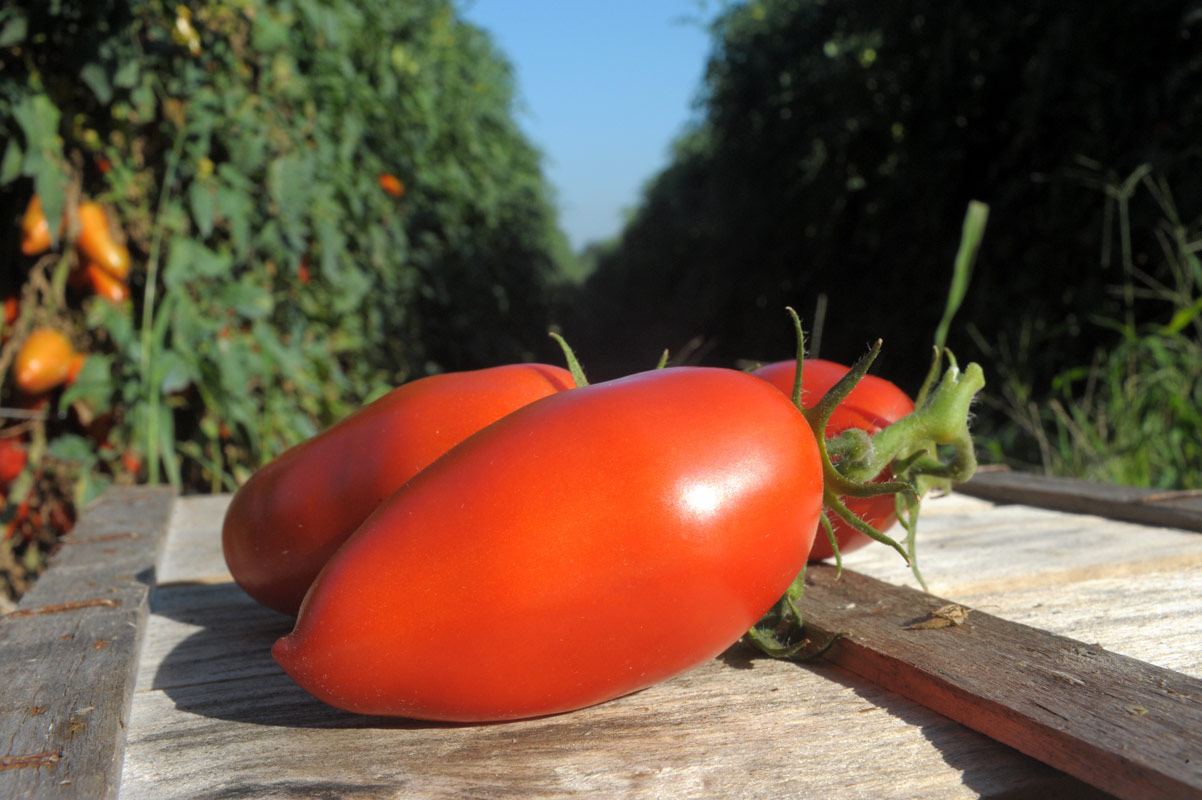
These uniquely shaped Italian tomatoes have long been considered the ultimate in sweetness, but as we’ve seen with olive oil and balsamic vinegar, it’s important to know what’s real and what isn’t. True San Marzano tomatoes are grown in Sarnese-Nocerino, near still-active Mount Vesuvius in the Campania region of Italy. The volcanic soil is responsible for the tomato’s near-perfect balance of sweetness and acidity.
In recent years, consumers in the US have sued companies whose labels imply that the cans contain San Marzano tomatoes when they don’t. This is not to say that other tomatoes aren’t tasty, but if you want the real thing, look for labels with two essential logos: the red-and-yellow DOP (denominazione d’origine protetta,ordesignation of protected origin) stamp from the EU and the colorful logo of the Agro Sarnese-Nocerino Consorzio, which is the local consortium that makes sure the tomatoes are grown according to its rules. Also, San Marzano tomatoes are always canned whole, peeled, and only in their own juice.

Quick Kitchen Nugget
Grating Parmigiano-Reggiano
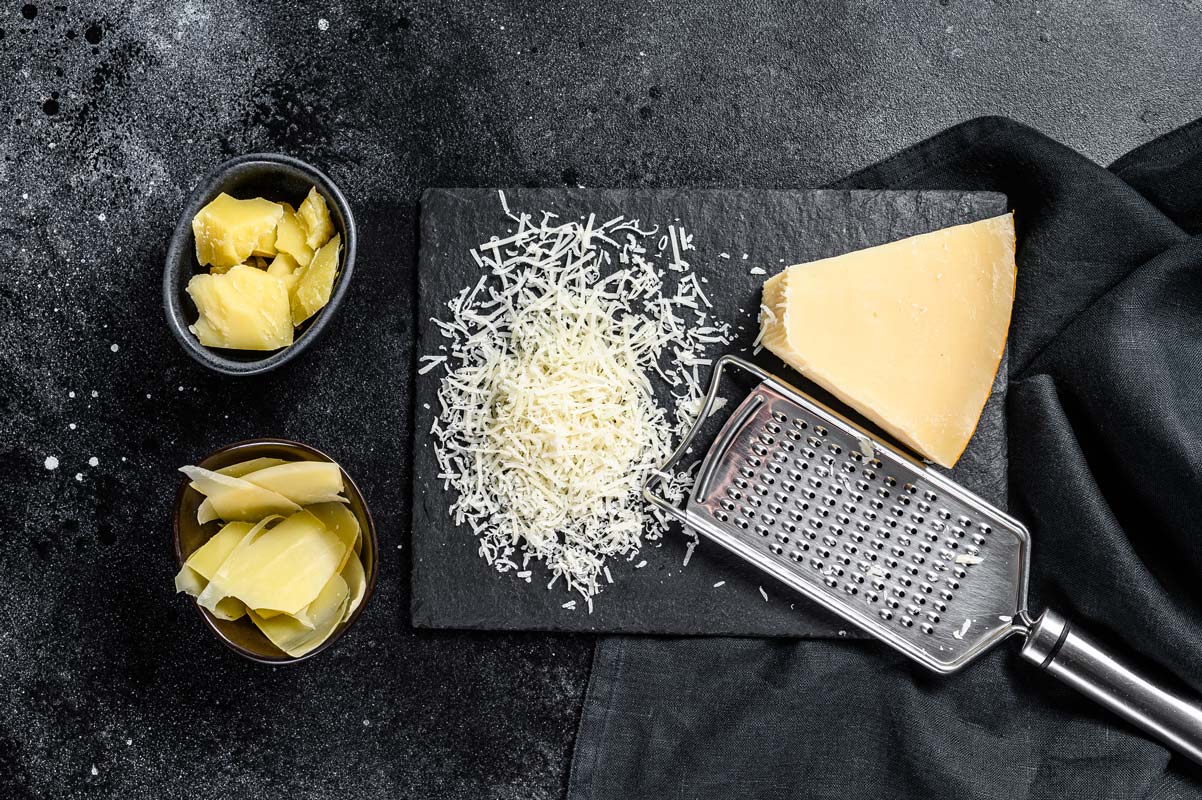
If you’re a regular Newsletter reader, you know that only Parmigiano-Reggiano is true “Parmesan” cheese and it will have the word imprinted with a dot pattern all around the rind. How you grate it for a recipe, like my stuffed shells, or for a garnish on, say, Caesar salad, is more nuanced. It depends in part on whether the cheese is to seamlessly meld into a sauce, for instance, or stand out in the form of generous shavings. A sturdy vegetable peeler is a great way to get thin, narrow shavings: Run it along the edge of the wedge. For wide shavings, run a cheese plane over the surface of your wedge. Need a small amount of finely grated cheese? Pull out your microplane grater and shave the cheese right over your dish. For a larger amount, try a box grater—its four sides offer many options (place it over a large sheet of parchment paper to catch the gratings). If you want a very large amount, look to your food processor. Most steel blades will turn cubes into shreds. For a near-powder that will melt easily, Cuisinart has a very fine cheese grating blade that works in seconds—just cut off the rind, cut the cheese into pieces that will fit in the machine’s feed tube, and process.

For Your Best Health
Reducing Type 2 Diabetes Risk
We know about the risks for heart disease and some forms of cancer associated with eating too much red and processed meat. Now an analysis of studies that included nearly two million people across 20 countries has also linked these foods to a higher risk for developing type 2 diabetes, a chronic condition that has reached epidemic proportions in the US, according to the National Institutes of Health. (Earlier studies made the association but had varying results.) This research, published in The Lancet Diabetes and Endocrinology, also looked at whether there’s a link between poultry and diabetes.
The team of scientists, led by researchers at the University of Cambridge in the UK, found that eating 50 grams of processed meat a day—that’s about 2 slices of ham—was associated with a 15 percent higher risk of developing type 2 diabetes in the next 10 years. Eating 100 grams of unprocessed red meat a day—that’s roughly a 3-ounce steak—was associated with a 10 percent higher risk. Eating 100 grams of poultry a day was associated with an 8 percent higher risk, but when further analyses were done to test the findings under different scenarios, the association for poultry consumption became weaker, whereas the associations with type 2 diabetes for both processed meat and unprocessed meat persisted.
Professor Nita Forouhi of the Medical Research Council (MRC) Epidemiology Unit at the University of Cambridge, a senior author on the paper, said, “Our research provides the most comprehensive evidence to date of an association between eating processed meat and unprocessed red meat and a higher future risk of type 2 diabetes. It supports recommendations to limit the consumption of processed meat and unprocessed red meat to reduce type 2 diabetes cases in the population. While our findings provide more comprehensive evidence on the association between poultry consumption and type 2 diabetes than was previously available, the link remains uncertain and needs to be investigated further.”
The team used theglobal InterConnect project for their work. It’s an approach that allows researchers to analyze individual participant data from diverse studies, rather than being limited to published results. This enabled the authors to include as many as 31 studies in this analysis, 18 of which had unpublished findings on the link between meat consumption and type 2 diabetes. By including this previously unpublished study data, the authors considerably expanded the evidence base and reduced the potential for bias from the exclusion of existing research, they explained.
Said Professor Nick Wareham, director of the MRC Epidemiology Unit and a senior author on the paper, “InterConnect enables us to study the risk factors for obesity and type 2 diabetes across populations in many different countries and continents around the world, helping include populations that are underrepresented in traditional meta-analyses…Using harmonized data and unified analytic methods across nearly two million participants allowed us to provide more concrete evidence of the link between consumption of different types of meat and type 2 diabetes than was previously possible.”

Fitness Flash
A Motivation Reboot
ACE Fitness, the leading organization for fitness professionals, recently published an inspiring blog on staying motivated, written by fitness expert Len Kravitz, PhD, coordinator of exercise science at the University of New Mexico, and students in his Introduction to Exercise Science course. Here are some of the ideas, abbreviated for space, that can help keep you on track with health and fitness goals, important because, as Dr. Kravitz pointed out, 80 percent of adults don’t meet current guidelines for aerobic exercise or resistance exercise. “These tips help target a person’s self-efficacy to adopt an exercise program and avoid dropping out,” he wrote. “As you read through this list, identify those strategies that resonate with you and fit best with your lifestyle, then incorporate those that will make the biggest impact.”
Set realistic health and fitness goals. Make sure they match your abilities, health, and lifestyle. Also break down even short-term three-month goals into smaller, more achievable segments of two to three weeks.
Create a weekly schedule that includes blocks of time for exercise. This helps with consistency.
Diversify. Mix up activities within each type of exercise—cardio, strength training, and flexibility.
Track your progress. Seeing your achievements in black and white helps keep you enthusiastic.
Create or join a network of fitness friends. Exercise loves company!
Give yourself rewards. Treat yourself to new exercise clothes or gear, flowers, or something special you’ve been eyeing.
Aim for consistency over intensity. Slow and steady wins the race.
Set reminders. Use your smartphone to ping you 15 minutes before your scheduled workouts.
Create a vision board. This is a real or virtual poster composed of photos, drawings, and quotes that inspire you.
Go small if needed. Some people find it easier to work out in 10-minute sessions—build up to three a day and you’ll meet daily recommendation of 30 minutes.
Get guidance. Consider hiring a personal trainer to provide expertise, guidance, education, and motivation tailored to you. This could be the smartest money you’ll ever spend on yourself and pay big dividends.
Get More Recipes In Your Inbox!

